The Ultimate Checklist For A Successful YouTube Company
Starting a successful YouTube channel for your business requires a strategic approach. Set clear goals to guide your content creation and measure success. Create an engaging channel profile with a professional name, icon, and banner.
Starting a YouTube channel for your company is a great way to grow an audience, promote your product or service, and create a brand on a platform where billions of hours of content are watched daily.
The bad news is that starting a successful YouTube channel is more complicated than just uploading a few videos. It takes careful planning, consistency, and a solid strategy to really make it work.
But don't worry, we'll go over the ultimate checklist to make sure your company’s YouTube channel gets off to a strong start and stays on the right track.
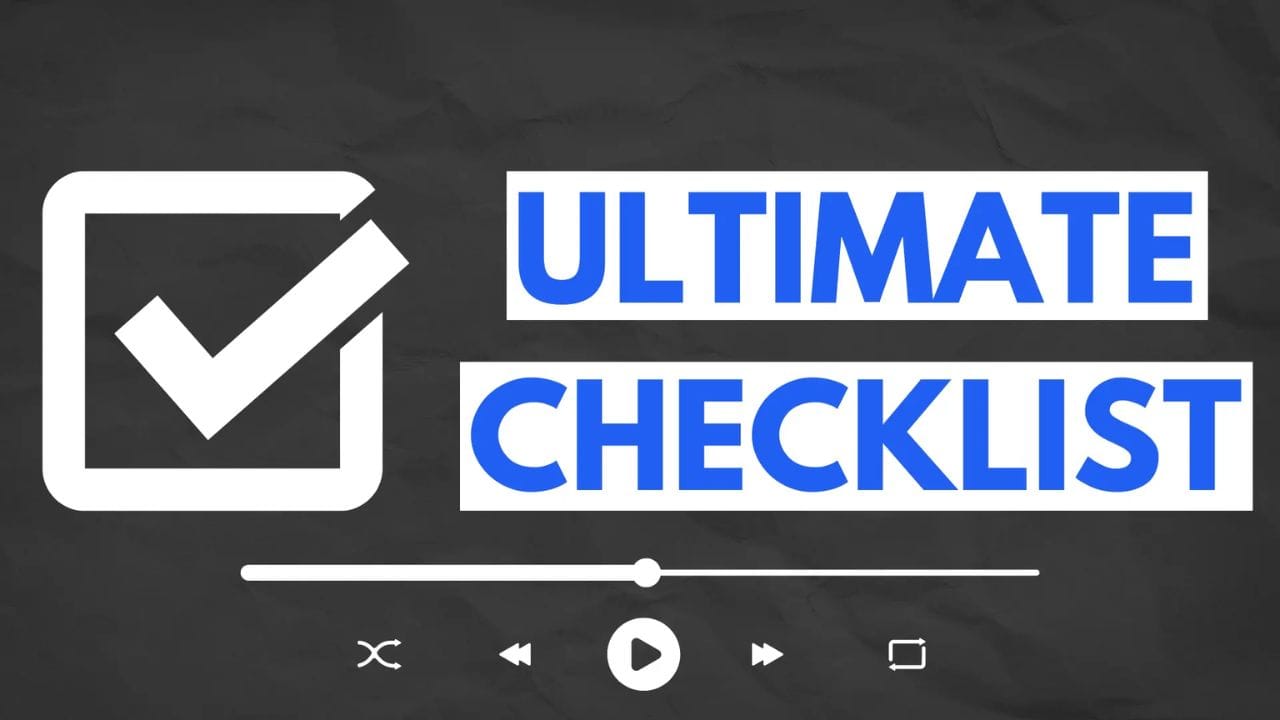
1 - Set Clear Business Goals
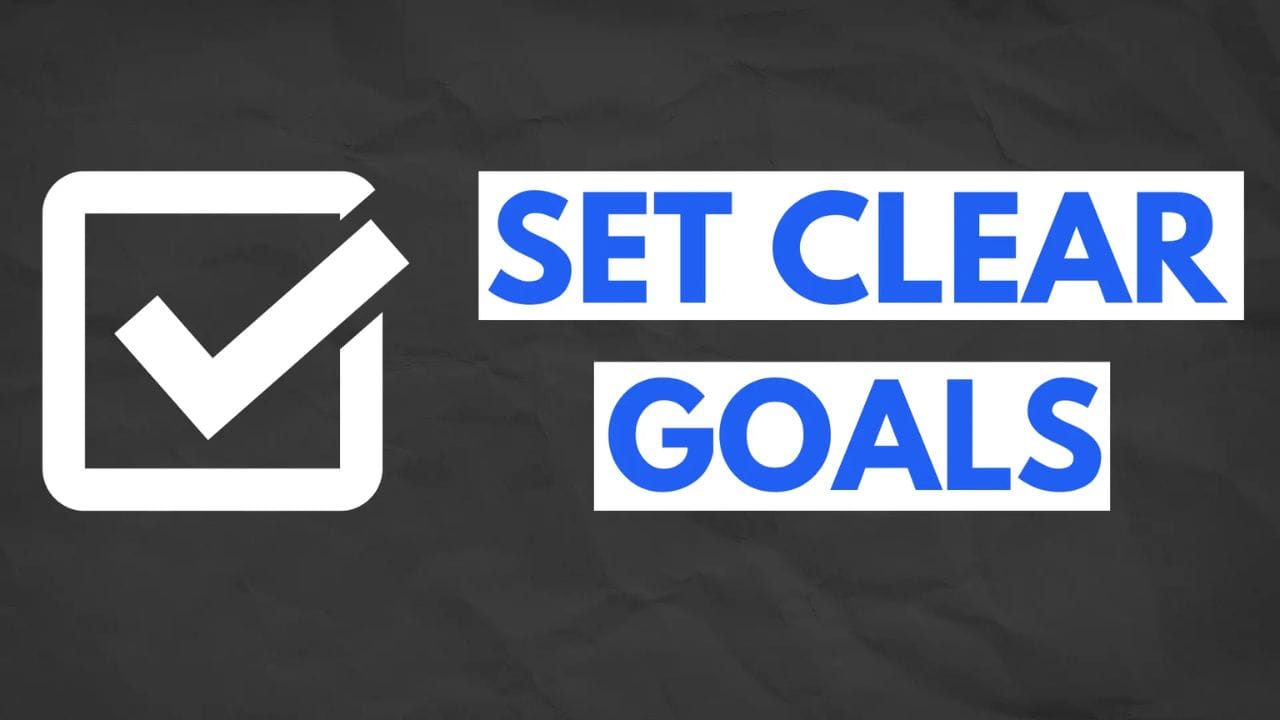
What This Means
Before you launch your YouTube channel, your company needs to set some solid goals. Knowing why you’re starting your channel will help you stay focused on the content you're putting out. It's all about having a clear purpose so you can stay on track and make sure your efforts actually pay off.
If you can't think of a reason, here are some common reasons businesses start a channel:
Increase brand awareness: Put your company’s name out there and get it in front of more people.
Attract traffic to your website: Use YouTube to send potential customers to your website or product pages.
Educate your audience: Show your viewers how to use your products or services in a way that’s helpful and easy to follow.
Generate leads: Turn viewers into customers by offering deals or encouraging them to sign up for something valuable.
Once you’ve set your goal, you can measure success using the right metrics. For example, if your goal is to educate customers, you'll want to track how long people are watching your videos (watch time) and how they interact with your content (likes, comments, shares). If your goal is to generate leads, you can measure that by checking the percentage of people who watched the call-to-action (watch time) and tracking clicks on the link in your video description.
2 - Create a YouTube Account
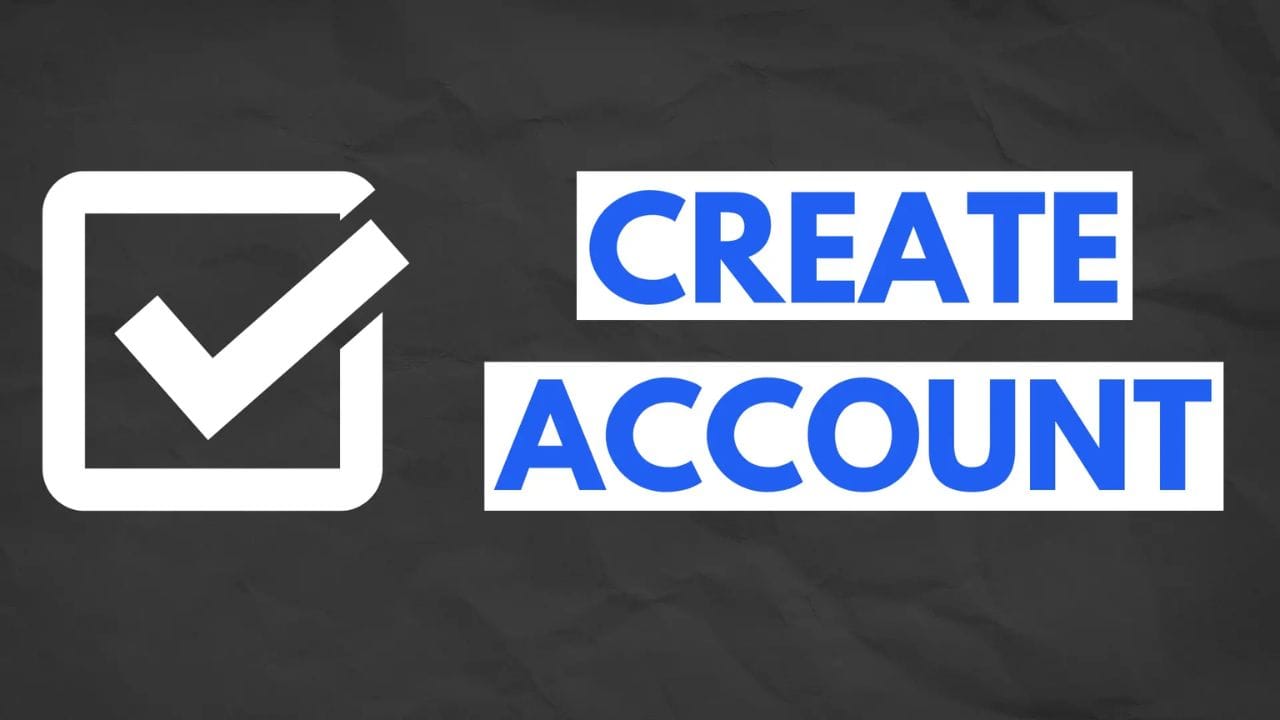
What This Means
Once you've set your goals, it's time to set up your YouTube channel.
Start by choosing a clear, professional name. It could be your business name, an abbreviated version, or even your personal name if you're the face of the brand.
Next, create your icon and banner. These can be as simple as your company logo for the icon, and maybe your slogan or a clean design for the banner.
The "About" page isn’t really that important unless you're adding links to direct viewers straight to your product or service. You can set this up in YouTube Studio, but double-check that the links actually work and lead viewers to the right place.
If you're looking for inspiration, I'd recommend checking out channels like Nike, Gary Vee, and Neil Patel.
3 - Content Strategy
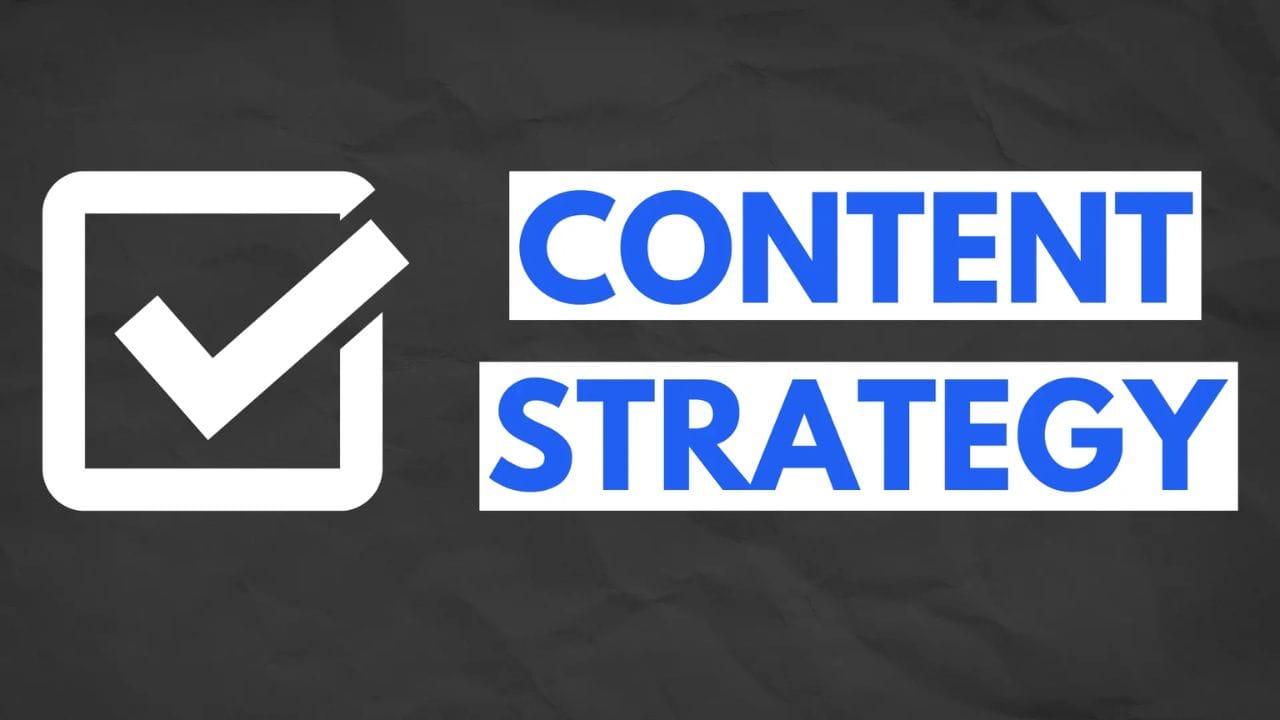
What This Means
Every successful company YouTube channel has a content strategy. Without one, you might end up just making random videos that don’t really connect with the audience you’re trying to reach.
With that said, every company’s content plan will look different based on their goals. If your goal is to educate your audience, you could post how-to videos that show them how to use your product or service. Or, you could create content that teaches them something useful, so they’re in a better position to apply that knowledge and eventually turn to your product or service when they need it.
Once you figure that out, the next step is to create a posting schedule. Find out how long it takes to produce a high-quality video, whether that’s once a day, once a week, or every other week. If you can only post a video a month, that’s fine just make sure you stick to that schedule. I’d recommend planning ahead so you’re always a video or two ahead of time. This way, you won’t feel rushed, and you’ll have some flexibility if anything comes up.
4 - Quality Video Production
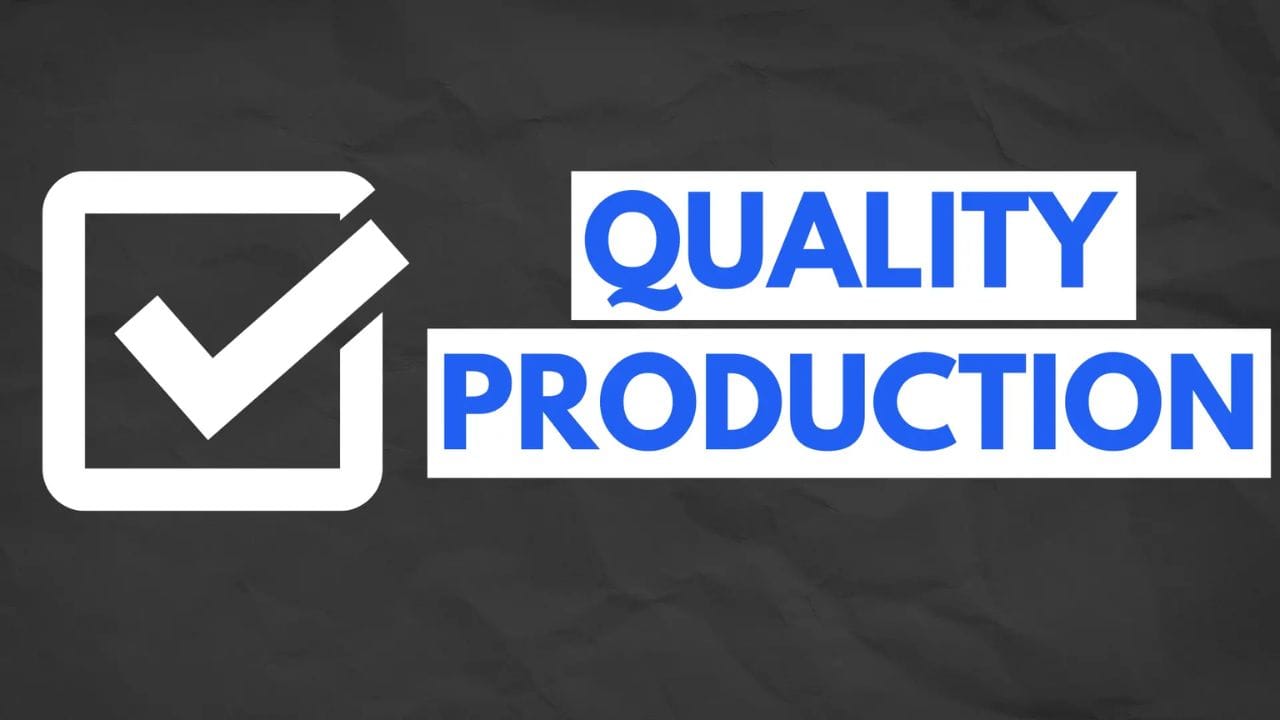
What This Means
When it comes to company YouTube channels, quality absolutely matters. High-quality videos not only look better, but they also reflect the quality of your product. Even if it’s not true, subconsciously, viewers will compare the quality of your video, whether it’s the visuals, audio, or editing, with the quality of your product/service. If the video doesn’t look great, they might assume your offering isn’t great either.
To start, you can use a good phone camera, but if your budget allows, investing in a decent DSLR or mirrorless camera will make a big difference in the clarity and sharpness of your videos. Cameras like the Canon EOS Rebel or Sony Alpha series are solid options at a solid price.
Now, audio quality is just as important as video. Although you could just use the camera’s built-in mic, I’d recommend investing in an external microphone for better sound.
Once you’ve captured your footage, use video editing software like Premiere Pro or DaVinci Resolve to polish it up and create a good, professional final video.
5 - Packaging Your Videos
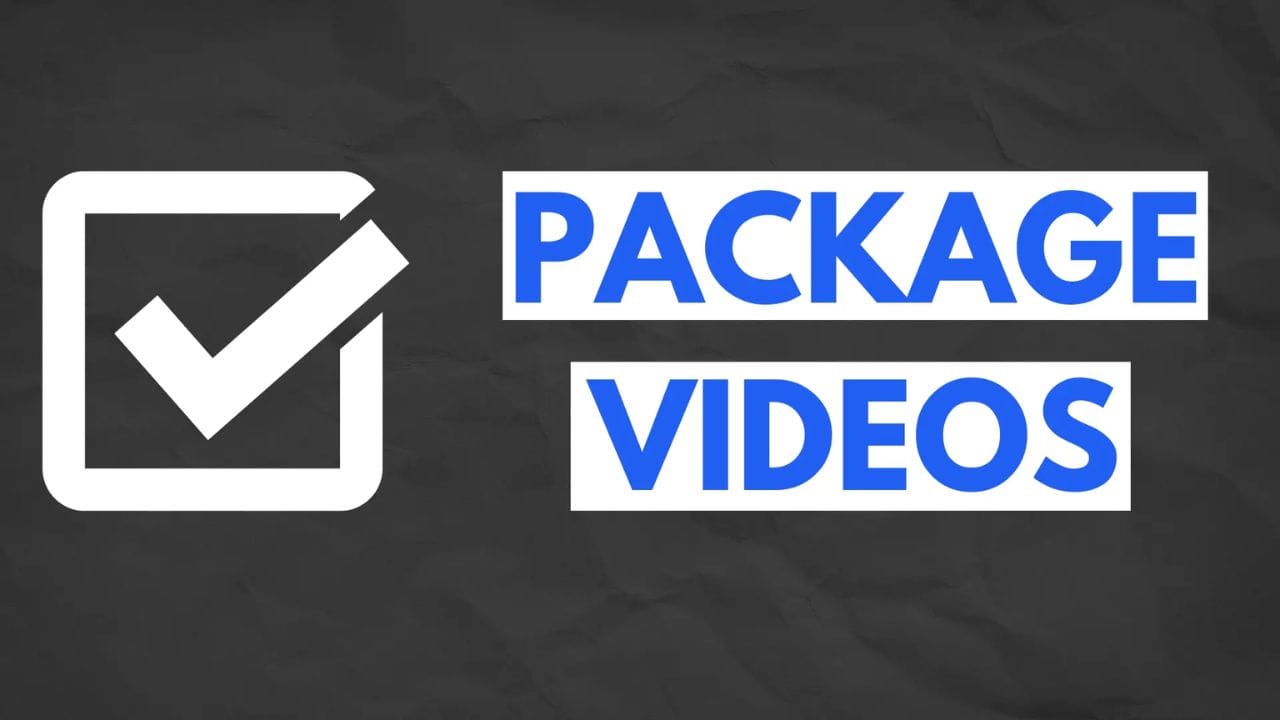
What This Means
Once you’ve recorded, edited, and are ready to post, the next step is to properly package your content. Packaging is more than just uploading the video, it’s about presenting it in a way that attracts the right viewers. This includes writing a compelling title, creating a clear and engaging thumbnail, and using relevant keywords in your description and tags. A well-packaged video is easier for your target audience to find and more likely to grab their attention when they see it. Here's how to package your content the right way to reach the viewers you're looking for:
Title
Your title should be clear, easy to understand, and include important keywords. For example, instead of calling a video "New Product Update," try something like "How Our Product Will Improve Your Daily Routine." This makes it more specific and engaging.
Also, keep your title under 50 characters. If it’s too long, YouTube will cut it off, and your audience won’t see the full title, making it harder for them to know what exactly your video is about.
Thumbnail
As a business or brand, your thumbnails should be clean and have no more than three key elements. These can be things like an arrow, bold text, or a clear image of your face. Keeping it simple helps your audience quickly understand the focus of your video. If there are too many details in the thumbnail, it can become confusing, and viewers won’t know where to look.
Also, make sure the most important part of your thumbnail, whether it’s a specific image or text, stands out.
Description/Tags
When writing your video description, focus on the first 150 characters since that’s what shows up in search results. Include your main keywords and a quick summary so viewers and YouTube know what the video is about. Use keywords naturally throughout the rest, but don’t overdo it, keep it smooth and readable. Also, I’ve seen creators forget this, but always add links to your website, social media, or related videos, and make sure the links work.
For tags, use a mix of broad and specific ones. For example, instead of just using “skincare,” try “hydrating facial cream for dry skin” to cover different angles of your product. You get up to 500 characters, but stick to 10-15 relevant tags that match your video. Avoid using irrelevant tags, as it could hurt your ranking.
So, if your video is about selling skincare, good tags might be “best skincare products,” “hydrating cream,” “dry skin tips,” “improve skin texture,” and “daily skincare routine.” The right tags and descriptions will help your video reach the right people and perform better in searches.
The challenge with creating titles and thumbnails as a beginner is that they might not perform well, and you could end up wasting a lot of time. Luckily, 1of10 helps you spot outlier videos (those that perform way better than the rest of the channel’s content) so you can take inspiration from what’s already working. If you're not sure about whether your title or thumbnail will get views, why not learn from videos that have already been successful? This way, you’re not starting from scratch, your using what works to give your own content a better chance.
By following this checklist, you’ll be ready to launch and grow a successful YouTube channel for your company. Just remember, while having the right equipment and optimizing your videos are important, the most important part is creating valuable content and you can count on 1of10.com to help!
